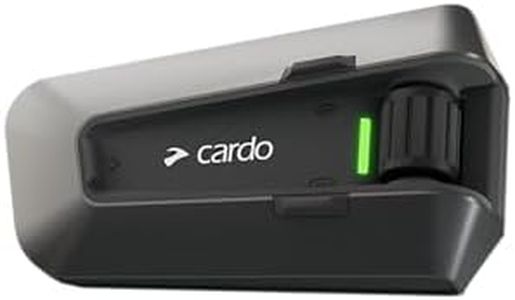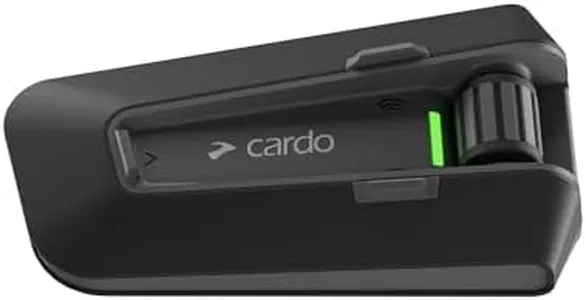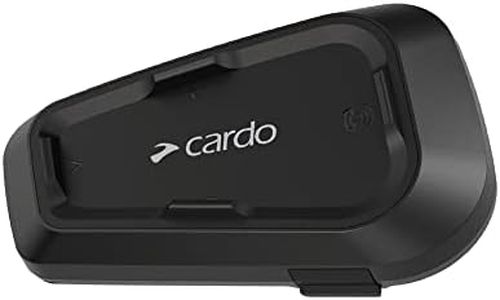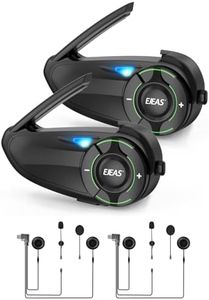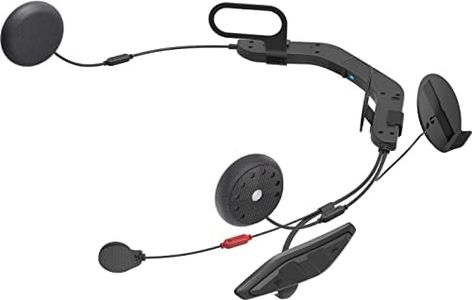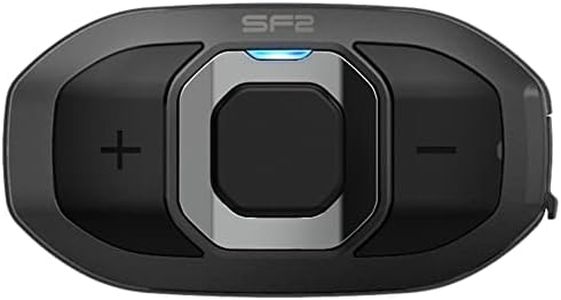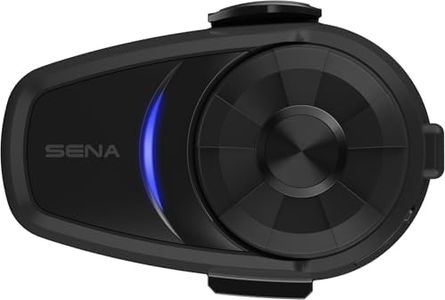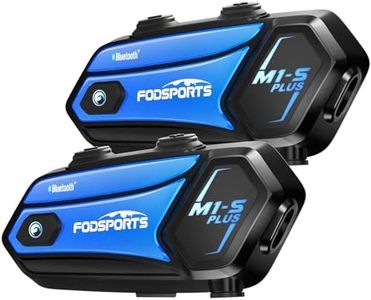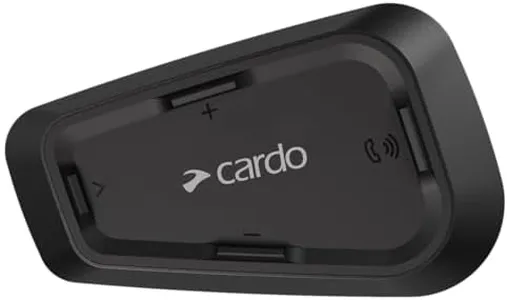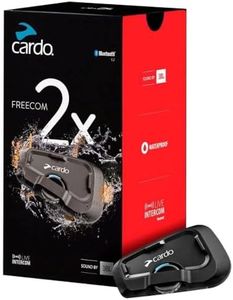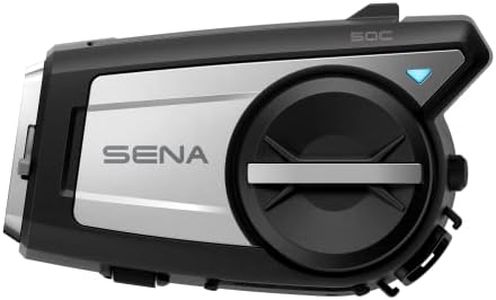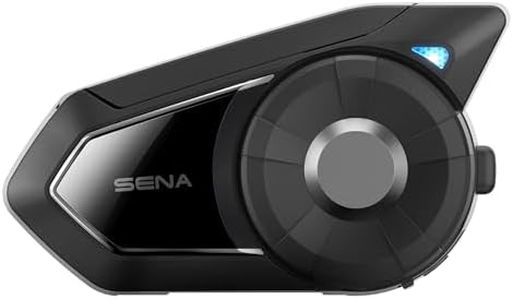We Use CookiesWe use cookies to enhance the security, performance,
functionality and for analytical and promotional activities. By continuing to browse this site you
are agreeing to our privacy policy
10 Best Motorcycle Bluetooth Intercoms
From leading brands and best sellers available on the web.#1
Winner
Buying Guide for the Best Motorcycle Bluetooth Intercoms
Choosing the right motorcycle Bluetooth intercom can make your rides safer and more enjoyable by allowing you to communicate with fellow riders or passengers, listen to music, get GPS directions, and even take calls—all hands-free. Before making a decision, think about how you'll use the intercom most often: Are you riding solo, with a passenger, or in a group? Do you want to chat with friends, or mostly listen to music and navigation prompts? The right fit depends on matching the features of the intercom to your riding habits, typical environments, and preferred functions.RangeRange refers to how far apart two or more units can be and still maintain a clear connection. This is important because your needs will change depending on whether you ride alone, with a passenger, or in larger groups. Ranges are usually listed in meters or kilometers. Parking lot conversations or close-by riders can make do with lower-range units (around 500 meters), while group riders should look for longer-range options (up to 1-2 kilometers or more). Choose based on how close you expect to be to others you want to connect with while riding—group riders on open roads need maximum range, but city/commuter riders may not.
Number of ConnectionsThis tells you how many other headsets your intercom can link up with at the same time. It matters because some people only ride with one passenger, while others join groups of several riders. Simple systems connect two people, while more complex ones support four, six, eight, or even more. Decide based on your usual riding group: Single or two-person riders can choose basic models, while those often in group rides should go for higher connection numbers.
Battery LifeBattery life is how long the device will last between charges. It's especially important for longer trips or if you forget to charge it often. Battery life is usually given in hours for talk time and standby. Short commutes may be fine on a few hours of battery, but long-distance touring or day-long rides call for longer-lasting units—aim for battery life that comfortably covers your typical ride duration.
Sound Quality and Noise CancellationSound quality affects how clearly you hear music, calls, and other riders, while noise cancellation helps block out engine and wind noise. This spec matters more at high speeds or on louder bikes. Look for features like HD audio or advanced noise control if you're often on highways or ride noisy motorcycles; those mainly in quiet environments or city streets can be less concerned.
Helmet CompatibilityNot all intercoms fit every helmet. Some are designed for full-face, others for open-face, modular, or half helmets. Helmet compatibility ensures you get a unit that physically fits and attaches securely. Before buying, check your helmet type and ensure the intercom's mounting hardware matches, or pick a universal model.
Ease of Use and ControlsEase of use means quick access to controls, even with gloves on. This matters because distractions can be dangerous when riding. Some intercoms have big, glove-friendly buttons or voice control. If you like simplicity or often adjust settings mid-ride, prioritize models known for easy, intuitive controls.
Water and Dust ResistanceWater and dust resistance determine how well the device stands up to rain or dirt, which is crucial for all-weather riders. This is measured by IP ratings (like IP67). Riders in wet or dusty environments should choose higher-rated, more rugged devices; fair-weather riders may not need extreme protection.
Integrated FeaturesSome intercoms offer extras like FM radio, music sharing, or smartphone app integration. These add convenience or entertainment. Consider which features matter most: Frequent music listeners or tech enthusiasts may want rich integration, while minimalists might prefer a simpler device focused on communication.
